Queen Nefertari reigns
New Fort Worth museum exhibition unearths Egyptian treasures fit for a queen
First things first: It's Nefertari, not Nefertiti.
Her name means "the most beautiful of them all" and "the one for whom the sun shines." She was one of the most educated, influential, and celebrated queens of Egypt, and the beloved royal wife of Pharaoh Ramesses the Great. Most importantly, she is the heart of the Kimbell Art Museum's new exhibition, "Queen Nefertari's Egypt."
The Fort Worth museum's first new special exhibition since re-emerging from its COVID-19 shutdown opens Sunday, December 6 for a three-month stay.
The exhibit showcases 230 pieces — including statues, vases, jewelry, papyrus, steles, mummies, wooden coffins, and stone sarcophagi — and celebrates royal women during the height of Egyptian civilization, the New Kingdom Period (1550-1070 B.C.). It explores not just royal wives, but sisters, daughters, and mothers of pharaohs, and even women who were pharaohs themselves.
The exhibition was organized by the Museo Egizio of Turin, Italy (from which all the pieces are drawn), in collaboration with StArt and the Kimbell.
“Ancient Egypt has long fascinated the modern world,” says Kimbell director Eric M. Lee, in a release, “and we are thrilled to present this remarkable exhibition that is altogether alluring, grand, exotic, and captivating."
As organizing curator Jennifer Casler Price emphasized in an exhibition preview, one reason ancient Egyptian women are an enchanting subject now is that they were considered equal to men, some 3,000 years ago. They could own property, operate businesses, and bring cases to court. Yet, they were largely still tasked with running the household and raising children.
Exhibition pieces such as musical instruments, boxes and jars for cosmetic powders, bronze mirrors, and precious jewelry help illuminate women's roles in daily life, as well as in religion, life in the palace, and their beauty and adornment customs.
"These astonishing treasures showcase the legacy of these amazing women, whose status often verged on divine," the Kimbell says in the release.
Why, then, make Queen Nefertari the center of attention?
Besides the fact that she is one of the most regaled queens of ancient Egypt (alongside Cleopatra, Hatshepsut, and the oft-confused Nefertiti), the discovery of her tomb by Italian archaeologist Ernesto Schiaparelli in 1904 was a monumental find that yielded a trove of ancient Egyptian treasures.
Nefertari’s tomb was built around 1250 B.C. and contained two chambers connected by descending staircases. "The structure evoked a convoluted path that the deceased had to follow to reach the afterlife," the Kimbell says.
Its elaborately painted walls earned it the nickname “the Sistine Chapel of Egypt." They depict Nefertari, along with gods and goddesses, animals, and insects and hieroglyphic magic spells, "illustrating the intricate process of passing through the underworld to eternal life," the museum explains.
A historic wooden model was built following the discovery and is on view in the exhibition. Objects found inside the tomb — and showcased in the display — include fragments of Nefertari’s pink granite sarcophagus lid, a gold and faience amulet in the shape of a djed-pillar (a symbol of stability), wooden shabtis (small figures who could perform manual labor in the afterlife), and a pair of woven palm-leaf sandals (U.S. women’s size 9).
Veering on the macabre, the exhibition also displays a pair of mummified knees considered Nefertari's only surviving mortal remains.
The exhibition closes with elaborately decorated human-form coffins from tombs of two sons of Ramesses III, which Sciaparelli also discovered.
“I hope visitors will appreciate the high level of artisanship in these works,” says Casler Price, “whether it is a majestic carved stone sculpture, an exquisite piece of jewelry, a precious perfume jar, a beautifully painted piece of domestic pottery, a humble painter’s brush, delicately painted papyri, intricately painted coffins, or even a queen’s pair of unassuming palm sandals.”
---
"Queen Nefertari's Egypt" runs December 6, 2020-March 14, 2021 at the Kimbell Art Museum, 3333 Camp Bowie Blvd., Fort Worth. Admission is $14-$18; free for children under age 6. For more information, including a schedule of special events, visit www.kimbellart.org.
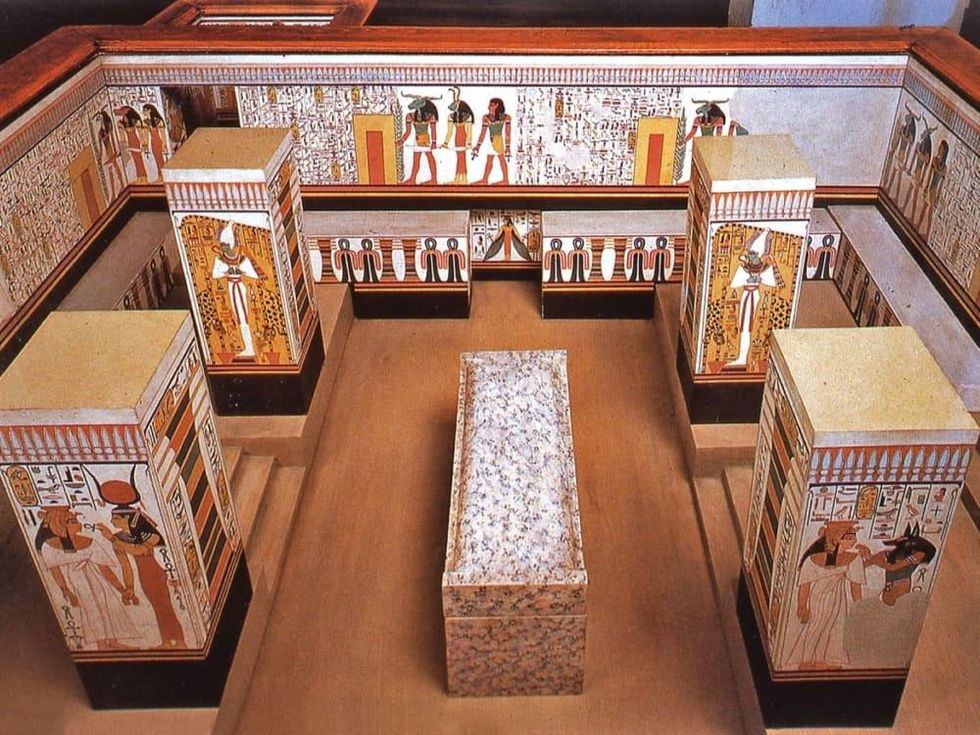
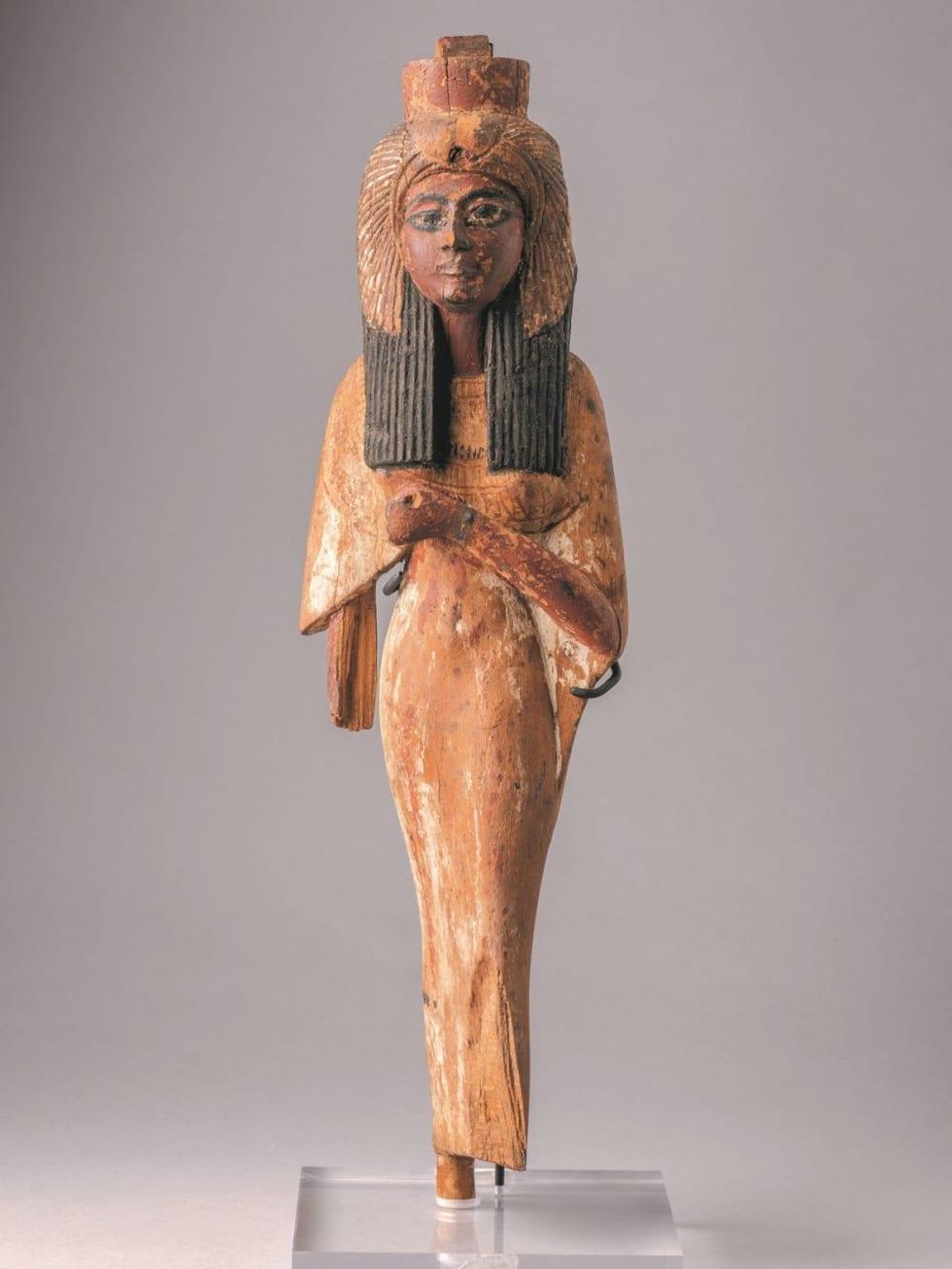
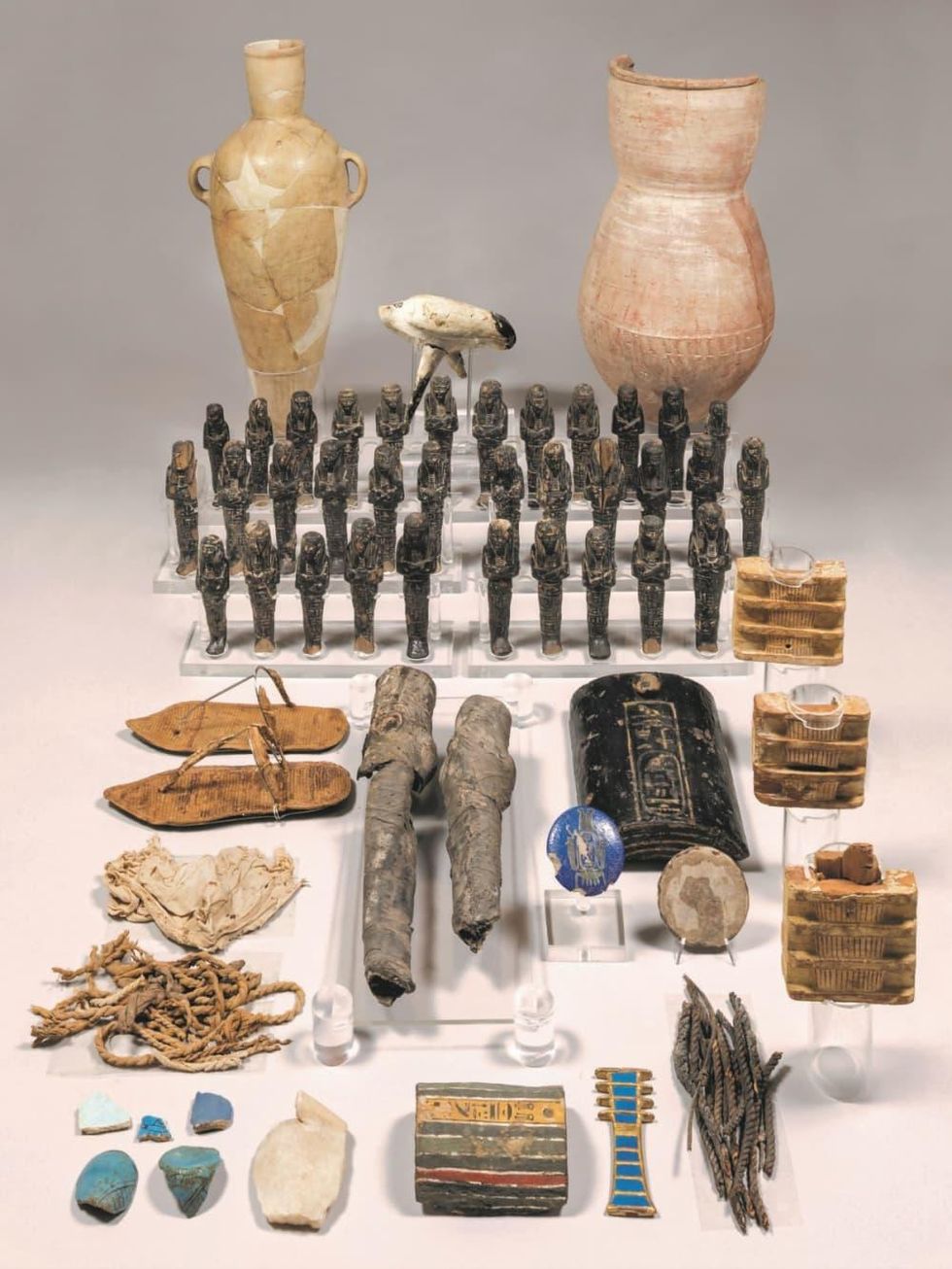

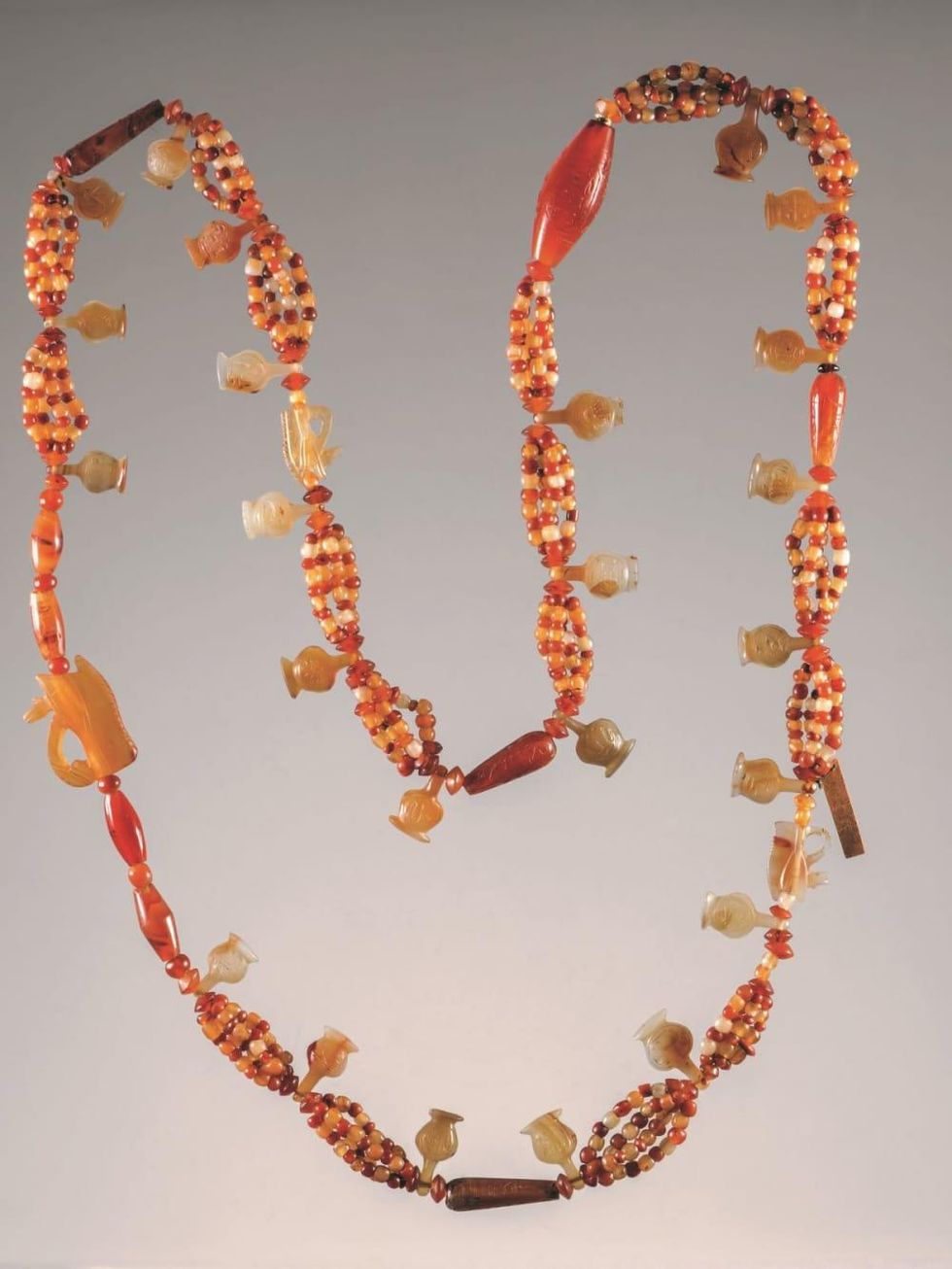


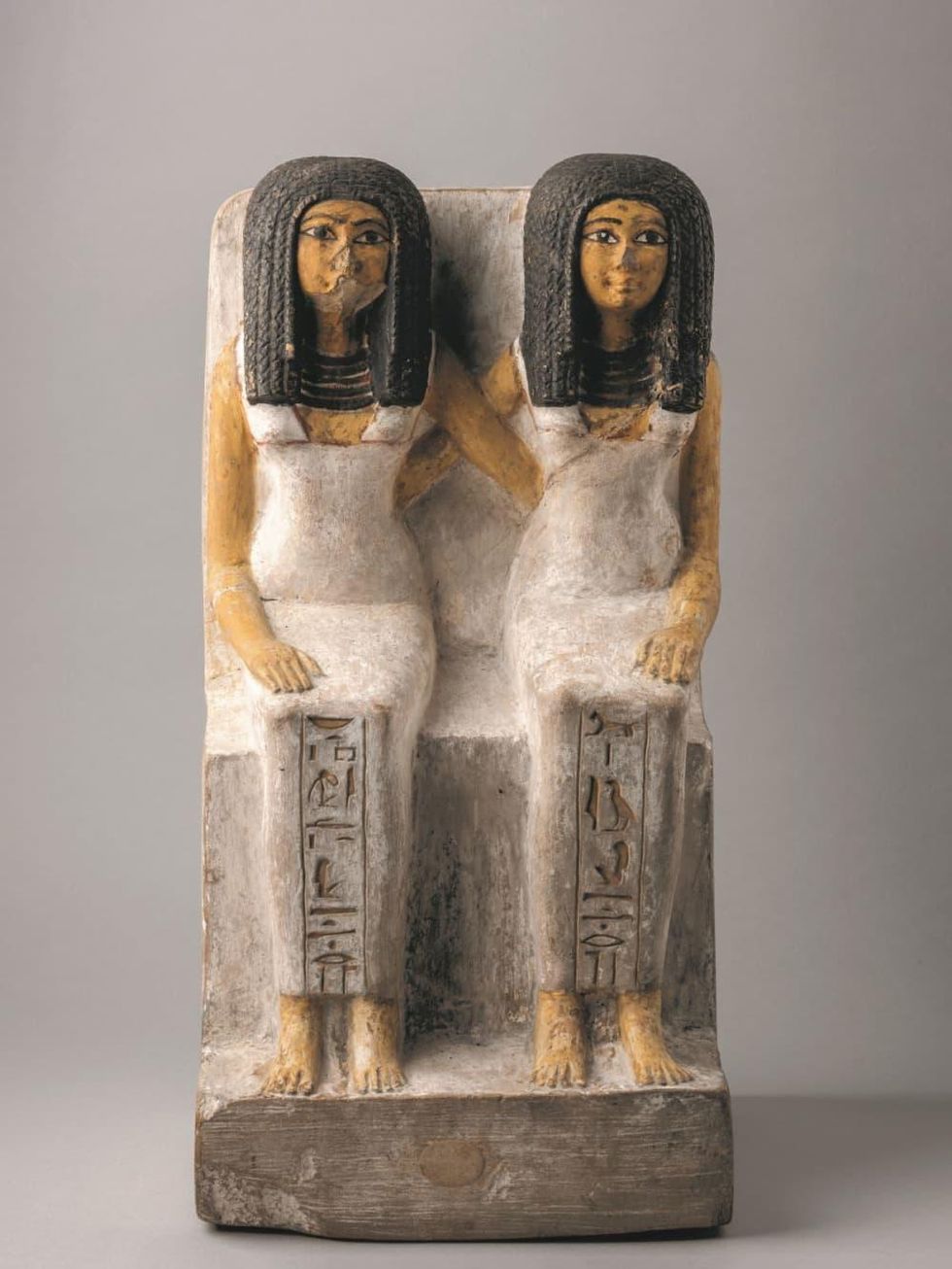

 Gun presented to Frank Sinatra. RIAC
Gun presented to Frank Sinatra. RIAC  "Princess Diana: Accredited Access," featuring photos of Anwar Hussein, ran January 17-April 6, 2025, at Arlington Museum of Art. Getty Images
"Princess Diana: Accredited Access," featuring photos of Anwar Hussein, ran January 17-April 6, 2025, at Arlington Museum of Art. Getty Images  The Cookies Chaos Milkshake is a winner. Photo courtesy of State Fair of Texas
The Cookies Chaos Milkshake is a winner. Photo courtesy of State Fair of Texas